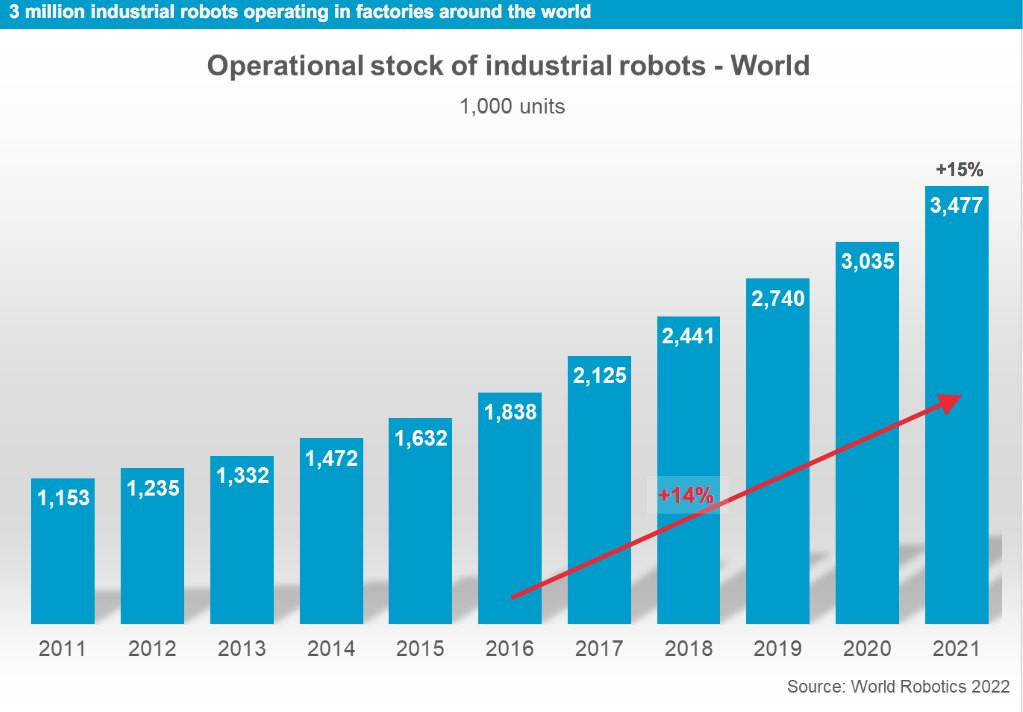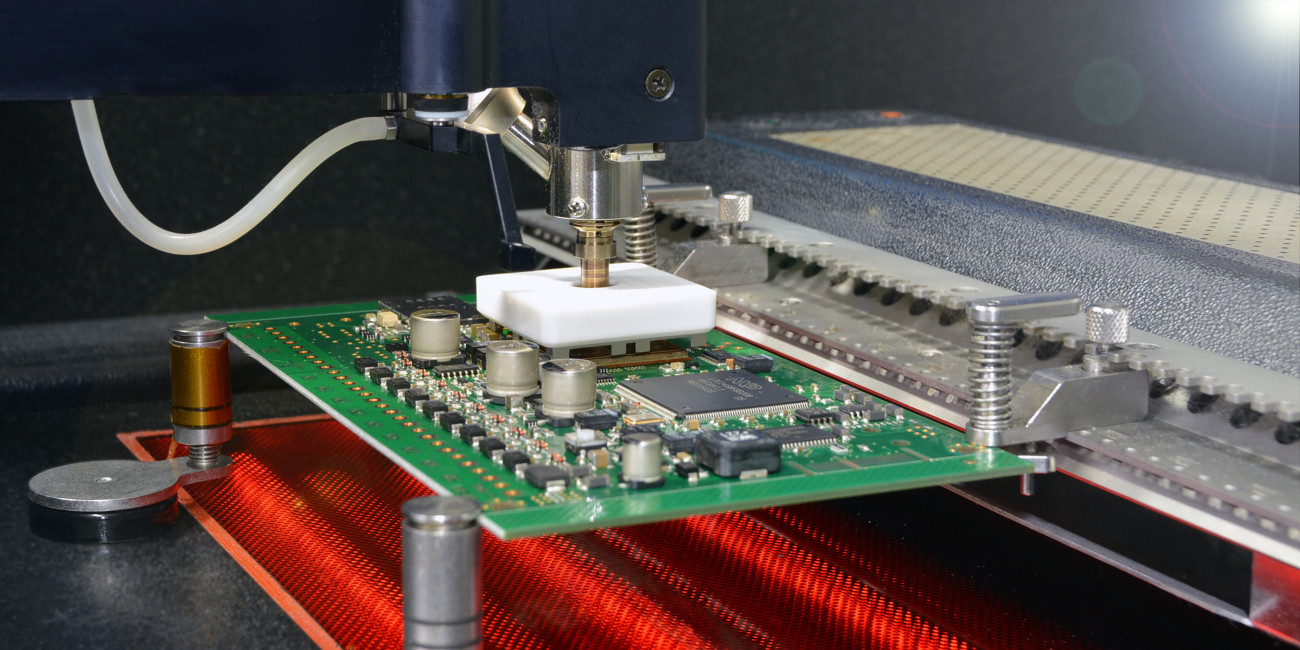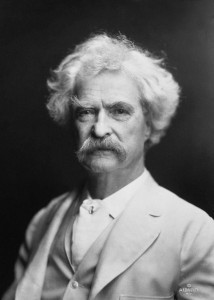The 'French' skunk Pepe Le Pew, known since the 1940s as the cartoon character of the 'Looney toons' (Warner Brothers), will not appear in the sequel to the popular film series 'Space Jam' [1]. He has been accused of sexually assaulting female cartoon characters [2]. Pepe is like so many others who are accused of misconduct by a few loud protests. What used to be echoed in the beer bar or in ladies' circles now has a far-reaching effect thanks to electronics.
Whether Homer - who may not even have existed in the form we know -, Samuel Langhorne Clemens [3] or Jean-Baptiste Poquelin [4]: they all took offense at topics that are controversial today. Of course, most of them intended to put their foot in their mouth. After all, it is precisely the 'taboos' that are particularly suitable targets for jokes.
Targets also exist in electronic manufacturing, at least that's how you could describe them. If you want to place a component correctly, it has to be placed on the paste. It is even more difficult to thread a wire into a hole, especially if the component has several connections. In medium-sized companies, you see housewives at their workstations decorated with pictures of their grandchildren. This is not cost-effective in large-scale production. In addition, there has been a shortage of workers for a long time despite a forced immigration policy.
Companies are increasingly faced with problems that they cannot cope with on their production lines. Based on historical experience, engineers have specified lines that are suitable for products of the past. Both in terms of PCB size and the range of components, and in order to retain some flexibility, a few places for manual work may have been included.
But the electronics industry is not standing still. The trend is not only towards further automation, but also towards flexibility, with humans being systematically eliminated, at least in their direct use.
What is known as artificial intelligence is being injected into the robot system and then communicated throughout production using the fast 5G transmission medium, with the 6G (& Co.) network already looking over your shoulder.
 In 2021, 4.37 million robots were already working in factories worldwide - and the trend is risingThemeasures currently being taken in China are not only aimed at harmonizing assets, the People's Republic wants to deny the USA access to the huge amounts of data that are so important in the development of AI programs.
In 2021, 4.37 million robots were already working in factories worldwide - and the trend is risingThemeasures currently being taken in China are not only aimed at harmonizing assets, the People's Republic wants to deny the USA access to the huge amounts of data that are so important in the development of AI programs.
 High-tech factory plant for smartphone productionModernrobots [5] have already learned a lot compared to the old ones. Not only has their accuracy improved from 0.1 cm to 0.01 cm - they have also become more flexible and faster. Image processing and sensor technology contribute to the fact that even very complex procedures can be simulated, including operations on joints and the spine, remotely controlled by competent surgeons.
High-tech factory plant for smartphone productionModernrobots [5] have already learned a lot compared to the old ones. Not only has their accuracy improved from 0.1 cm to 0.01 cm - they have also become more flexible and faster. Image processing and sensor technology contribute to the fact that even very complex procedures can be simulated, including operations on joints and the spine, remotely controlled by competent surgeons.
In interviews during the rapidly spreading AI and robot trade fairs, managers are particularly pleased that the machines are not only becoming 'smarter' and more adaptable, but also much cheaper at the same time. This compensates for the lack of workers on the production lines and ensures that goods roll off the production line at a lower cost. In addition, there are no coffee or cigarette breaks and the vending machines can work in the dark and all night without complaint - without overtime pay or higher wages, as they have not yet formed unions.
What is sometimes overlooked, however, is the operating staff for these robots, whose manpower may be smaller, but who must be far better trained than the housewife who threads a few wired components into the circuit board and soon loses concentration when bored.
The underlying problem is not just the employees or the constantly changing constellations that demand flexibility, but also the enormous quantities of products that are demanded by the market or are pushed into it. Just one look at the number of 'smartphones' sold makes it clear what a huge effort must be behind this.
Assuming that one product is manufactured every twenty seconds on a mass production line, that is three per minute and 180 per hour and 4320 in a 24-hour day (under the unrealistic assumption that there are no interruptions). In a 365-day year, a maximum of 1,576,800 units can therefore be produced. If you set this against the goods sold (see diagram), then more than 1000 such lines are probably needed to cover demand.
 The'Martin Expert' rework system from MartinBilligis notcheap, and even assuming preventive maintenance, many of the values used here are extremely optimistic, as the virus epidemic has just shown again, during which entire production lines were shut down for weeks because of just one infected person.
The'Martin Expert' rework system from MartinBilligis notcheap, and even assuming preventive maintenance, many of the values used here are extremely optimistic, as the virus epidemic has just shown again, during which entire production lines were shut down for weeks because of just one infected person.
Some managers have now realized that the use of robots (only those in the exhibition halls remotely resemble humans) is only really effective if they are fully networked. However, PCB assembly lines use a variety of machines (paste printers, inspection machines, pick and place machines, testers, repair equipment, etc.) and there is currently no single manufacturer that offers all types of equipment.
Unfortunately, this has an impact on the communication protocols and interfaces, which are designed differently by each manufacturer, which in turn attracts software companies that want to enable machine-to-machine and even human-to-machine communication. As each type of machine generates millions of data points in its own format during the manufacturing process, it creates barriers (proprietary data format, fragmented interface, etc.) that fill any self-respecting robot with disgust.
However, the real goal in the most modern productions is much more. The exchange of data should extend 'from the cradle to the grave', so to speak, which thus already includes the design - which, to be honest, should have happened long ago among humans, because so far the various departments are working in their own towers - some in Gucci suits, others in jeans, others in white coats and finally, at the very bottom of the totem pole, those in 'blue Toni' and 'woe, woe' [6] one would speak to the other.
About the person
Prof. Rahn is a globally active consultant in connection technology. His book on 'Special Reflow Processes' was published by Leuze Verlag. He can be contacted at
References
[1] Bruce Haring: New York Times Columnist Raises A Stink About Looney Tunes' Pepe Le Pew, Deadline, www.deadline.com/2021/03/new-york-times-columnist-raises-a-stink-about-pepe-le-pew-1234708479/ (accessed: 22.05.2023)
[2] Jay Martel: Pepé Le Pew Apologizes, New Yorker, www.newyorker.com/humor/daily-shouts/pepe-le-pew-apologizes (Retrieved: 22.05.2023)
[3] The American writer Mark Twain, real name Samuel Langhorne Clemens (1835-1910), created the legendary characters Tom Sawyer and Huckleberry Finn. There are repeated controversies about the banning of his books from libraries because racist terms are used in them. Cf: BANNED: Adventures of Huckleberry Finn, Public Broadcasting Service (PBS), www.pbs.org/wgbh/americanexperience/features/banned-adventures-huckleberry-finn/ (retrieved: 22.05.2023)
[4] Jean-Baptiste Poquelin alias Molière (1622-1673) was an actor, theater director and playwright and is considered one of the great classics of French literature, who made comedy a genre equal to tragedy and elevated the theater to a forum for discussion about general human behavior in society. There has long been a debate in France as to whether his mortal remains should be transferred to the Panthéon in Paris, the country's national hall of fame and burial place of famous French personalities - but this still meets with resistance from the Elysée. Cf.: Mauro Zanon: Cancel culture in salsa macronista in Francia: l'Eliseo dice no a Molière, Tempi, www.tempi.it/francia-eliseo-moliere-cancel-culture/ (accessed: 22.05.2023)
[5] In 1920, the playwright Karel Čapek used the term 'robot' in the utopian drama R. U. R. (Rossum's Universal Robots). However, it was actually invented by Karel's brother Josef. The German ending-er comes from the translator. The basis of the Czech. The basis of the Czech word is robota 'work, slave labor', which goes back to the Old Church Slavonic 'rab' (slave)
[6] Origin: Middle High German, Old High German 'wē' - as in Wilhelm Busch ("But woe, woe, woe! When I look at the end!!")
Literature
Scott Zerkle; Makoto Murakami: A Robot's Place in SMT; IPC proceedings, Circuit Insight, www.circuitinsight.com/programs/54027.html (Retrieved: 22.05.2023)
Yutaka Higashiguchi: Manufacturing Innovation for Smartphones, FUJITSU Sci. Tech. J., Vol. 49, No. 2, pp. 264-268 (April 2013)
www.fujitsu.com/global/documents/about/resources/publications/fstj/archives/vol49-2/paper20.pdf (Retrieved: 22.05.2023)
Siemens, Data exchange in electronics manufacturing (White Paper), 2020




